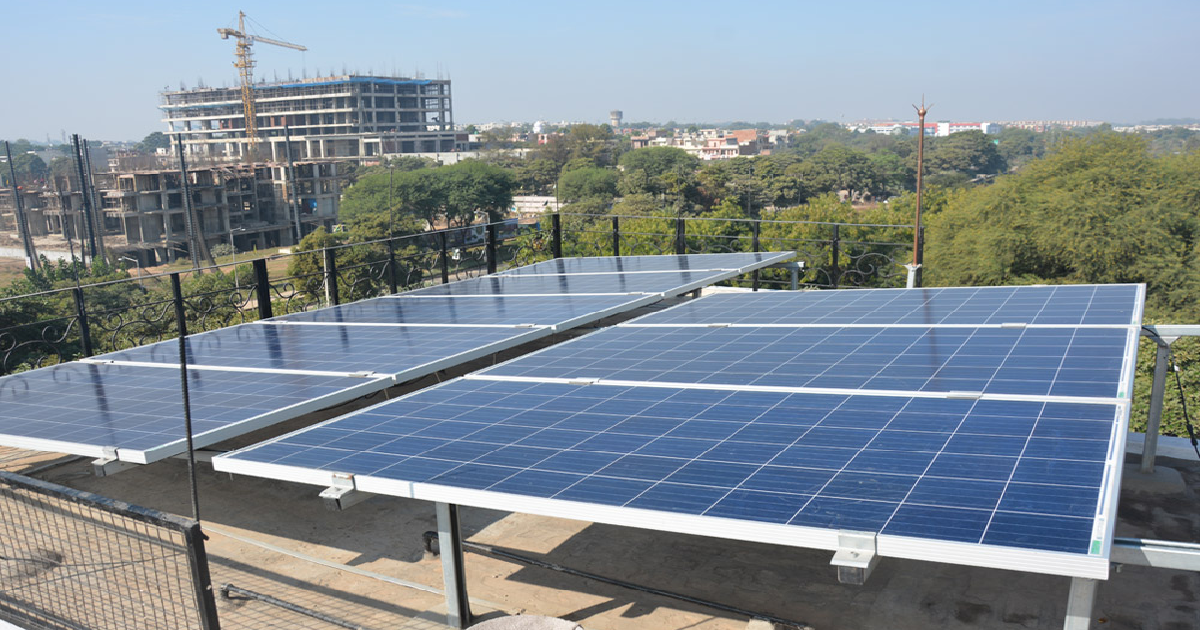
The wide concern for the environment has led several households around the world to opt for alternative options that are certified to be eco-friendly and generates a clean healthy atmosphere in the residential surrounding. The domicile setups are including in new modifications in their surrounding setups for developing a clean healthy habitat and a generating a clean flow of energy.
While the world is getting emphasized upon environment healthy practices the global usage of solar panels to generate electricity has been an increasing phenomenon in the evergrowing world. The rich source of energy from the sun can be harnessed to provide support for powering electricity. With the use of silicon-based solar panels placed in the direct exposure of sunlight solar energy can be harnessed to generate electricity.
The huge modification in the technical influences and the improving quality of manufacturing has led to a certain downfall in the price of a solar panel. The viable option for an alternative and cheap source of energy has now been in the mainstream market platforms while receiving enormous accommodation from people all around the world. While the alternate energy provider has been experiencing a growing demand among several household and commercial sectors the general working principle within its inner spectrum is unknown to many.
The Basic Science of a Solar Panel
The technical aspects and the mechanical specifications of the functionality of a solar panel is not something that requires an intrinsic thought but some basic knowledge of science and atoms. So without further ado let’s delve into the functioning aspect of a solar panel.
- The science behind the conversion energy process of a solar panel is the action of photon particles included within the solar light particles with the electrons integrated within the panel. Incoming photons from the sunlight rays knock the electrons from the atoms. The resulting flow electrons generate the required electricity.
- Solar panels comprise of smaller units of photovoltaic cells which are linked together. The small inclusions of photovoltaic cells are composed of two slices of silicon that are sandwiched together and helps to provide the necessary electric field required for energy transmission.
- The silicon layers are manufactured in such a way that they have unequal volumes of electrons on it both sides. Electricity can only be generated if the two opposing sides have unequal charge or unequal distribution of electrons. The uneven distribution of electrons is brought about by doping the upper silicon layer with phosphorous which adds an extra layer of electron or in other words a negative charge while the bottom slice of silicon is added dose of boron resulting in a fewer electrons or positive charge and thus generates the required electric field for the flow of current.
- As the photons free up the electrons the inclusive electric field will push the electron to the other slice of silicon and thus producing the electricity.
- Various other components of the cell turn these knocked up electrons into usable particles. Conductive plates made of metal accumulate the electrons and transforming them into wires. It is at that point that the electrons can drift similar to another source of electricity.
Conclusion:
The scientific invention of solar panels thus relies on the fundamental principles of electricity and electrical field. The basic criteria are to produce an electrical flow which can be only achieved if two unequal charges are placed in the two opposing directions. Thus it has been applied in the very schematics of solar panels.
